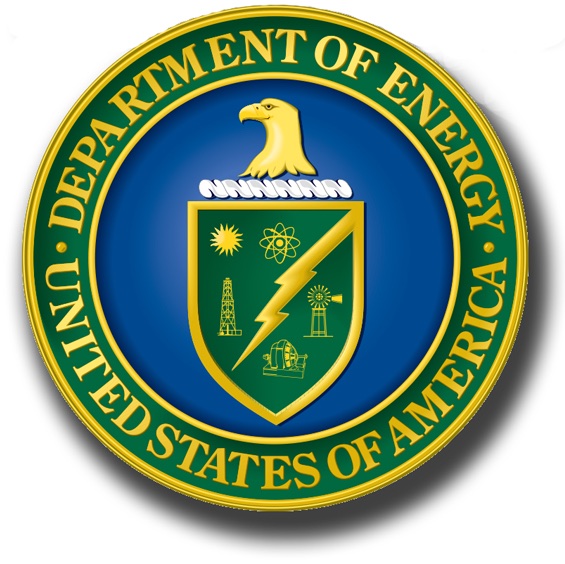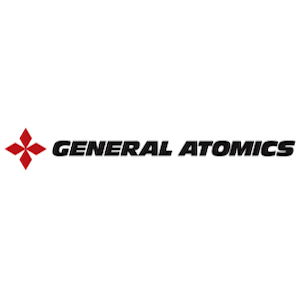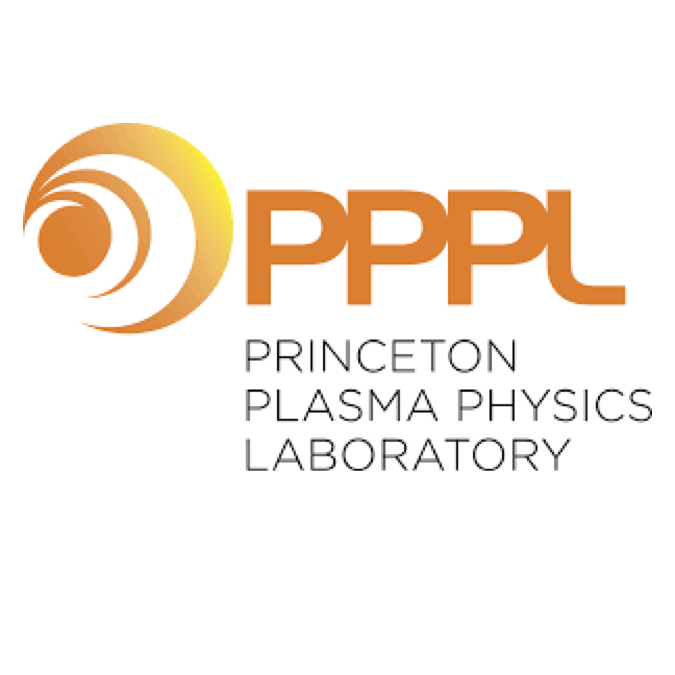DIII-D research to provide solutions for ITER and fusion energy
C. T. Holcomb, (V. Graber, S. Morosohk, S. T. Paruchuri, X. Song, Z. Wang, L. Yang, E. Schuster), et al. (Collaboration Paper)
Nuclear Fusion 64 (2024) 112003 (18pp)
|
Abstract
|

|
The DIII-D tokamak has elucidated crucial physics and developed projectable solutions for
ITER and fusion power plants in the key areas of core performance, boundary heat and particle
transport, and integrated scenario operation, with closing the core-edge integration knowledge
gap being the overarching mission. New experimental validation of high-fidelity, multi-channel,
non-linear gyrokinetic turbulent transport models for ITER provides strong confidence it will
achieve Q ⩾ 10 operation. Experiments identify options for easing H-mode access in hydrogen,
and give new insight into the isotopic dependence of transport and confinement. Analysis of 2,1
islands in unoptimized low-torque IBS demonstration discharges suggests their onset time
occurs randomly in the constant β phase, most often triggered by non-linear 3-wave coupling,
thus identifying an NTM seeding mechanism to avoid. Pure deuterium SPI for disruption
mitigation is shown to provide favorable slow cooling, but poor core assimilation, suggesting
paths for improved SPI on ITER. At the boundary, measured neutral density and ionization
source fluxes are strongly poloidally asymmetric, implying a 2D treatment is needed to model
pedestal fuelling. Detailed measurements of pedestal and SOL quantities and impurity charge
state radiation in detached divertors has validated edge fluid modelling and new self-consistent
‘pedestal-to-divertor’ integrated modeling that can be used to optimize reactors. New feedback
adaptive ELM control minimizes confinement reduction, and RMP ELM suppression with
sustained high core performance was obtained for the first time with the outer strike point in a
W-coated, compact and unpumped small-angle slot divertor. Advances have been made in
integrated operational scenarios for ITER and power plants. Wide pedestal intrinsically
ELM-free QH-modes are produced with more reactor-relevant conditions, Low torque IBS with
W-equivalent radiators can exhibit predator-prey oscillations in Te and radiation which need
control. High-βP scenarios with qmin > 2, q95–7.9, βN > 4, βT–3.3% and H98y2 > 1.5 are
sustained with high density (n = 7E19 m−3, f_G–1) for 6 τ_E, improving confidence in
steady-state tokamak reactors. Diverted NT plasmas achieve high core performance with a
non-ELMing edge, offering a possible highly attractive core-edge integration solution for
reactors.








